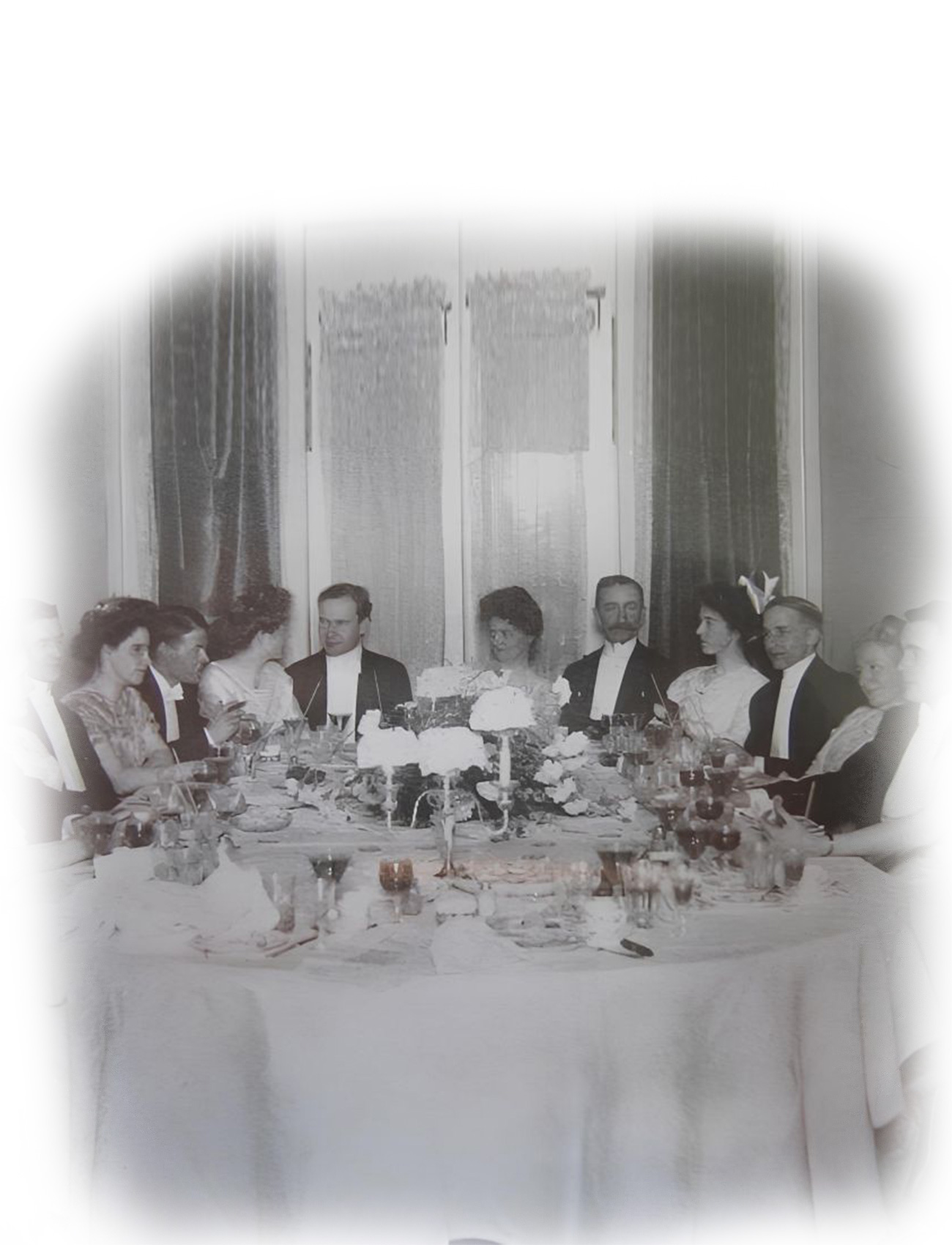
Step into The Garden Room and you step into Montana’s rich tapestry of history. Every architectural
detail, every carefully preserved element tells the story of a state built by visionaries, shaped by
determination, and defined by hospitality.
Montana’s territorial leaders establish the Montana Club as a gathering place for the state’s most
influential figures. The original clubhouse on Sixth Avenue and Main Street becomes the epicenter of
political and social life in territorial Montana.
On January 16, 1903, a devastating fire destroys the original clubhouse. Rather than abandon their
vision, members immediately commit to rebuilding something even grander.
Renowned architect Cass Gilbert is commissioned to design a new building worthy of Montana’s bright
future. The construction cost of $100,000 (over $3 million in today’s dollars) reflects the members’
commitment to excellence.
The new Montana Club becomes the crown jewel of Helena society. Regular attendees include governors,
senators, copper kings, and business leaders who shape Montana’s destiny. Elaborate social events and
formal dinners become tradition, with afternoon tea service establishing itself as a cherished ritual.
Through prohibition, economic changes, and social evolution, the Montana Club adapts while preserving its
core traditions. The Garden Room represents the latest chapter in this ongoing story of hospitality and
heritage.
The same architect who designed the U.S. Supreme Court building, the U.S. Treasury Building, and numerous
state capitols brought his vision to Helena. Gilbert’s Beaux-Arts design showcases:
Beginning in the early 1900s, Montana’s governors hosted afternoon tea in The Garden Room before major
legislative sessions. These informal gatherings often produced the compromises and agreements that
shaped Montana law.
In 1908, during an elegant afternoon tea, the daughter of a prominent copper magnate announced her
engagement, leading to a spontaneous celebration that lasted three days and became the stuff of Helena
legend.
During 1950s renovation work, contractors discovered a hidden compartment near one of the windows
containing a collection of calling cards from prominent visitors dating back to 1905—a time capsule of
Montana’s social elite.
During World War II, The Garden Room hosted “Victory Teas” where Helena’s society women organized war
bond drives and coordinated relief efforts, proving that elegance and patriotism go hand in hand.
The practice of afternoon tea represented sophistication and refinement in the American West, connecting
Montana’s emerging society to European traditions while maintaining its own unique character. Many of
Montana’s early socialites and their guests would have engaged in similar tea services in this very
room, creating connections between past and present that continue today.
Every element of The Garden Room has been carefully restored to honor its historical significance while
meeting modern standards of comfort and safety. From the reproduction wallpaper that matches historical
patterns to the carefully maintained hardwood floors, our commitment to authenticity ensures that
today’s guests experience the same sense of wonder and elegance that welcomed visitors over a century
ago.